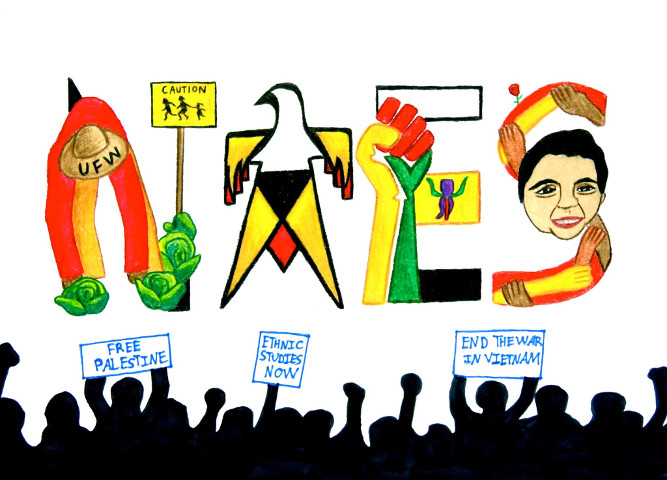Ethnic Studies Review

Orginal Publication Date
2009
Journal Title
Ethnic Studies Review
Volume
32
Issue
esr/vol32/iss1
First Page
55
Last Page
76
Abstract
Trey Ellis has emerged as a prominent African American writer of the late-twentieth century, despite the small number of his published works. "The New Black Aesthetic," an essay that he first published in CaUaloo in 1989, one year after the publication of his first novel, Platitudes, stands as a manifesto that defines and articulates his perspective on the emerging black literary voices and culture of the time, and on "the future of African American artistic expression" in the postmodern era.1 According to Eric Lott, Ellis's novel parodies the literary and cultural conflict between such male experimental writers as lshmael Reed and such female realist writers as Alice Walker.2 Thus, Ellis's primary purpose in writing Platitudes is to redefine how African Americans should be represented in fiction, implying that neither of the dominant approaches can completely articulate late-twentieth-century black experience when practiced in isolation. In its final passages, Platitudes represents a synthesis of the two literary modes or styles, and it embodies quite fully the diversity of black cultural identities at the end of the twentieth century as it extends African American literature beyond racial issues. In this way, the novel exemplifies the literary agenda that Ellis suggests in his theoretical essay.
Rights
Copyright ©ESR, The National Association for Ethnic Studies, 2009



Comments
Ethnicity: Analyses of Cultural, Social & Political Trends